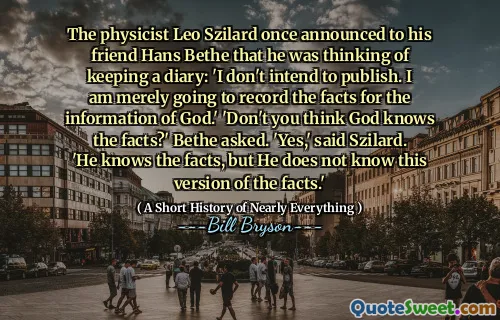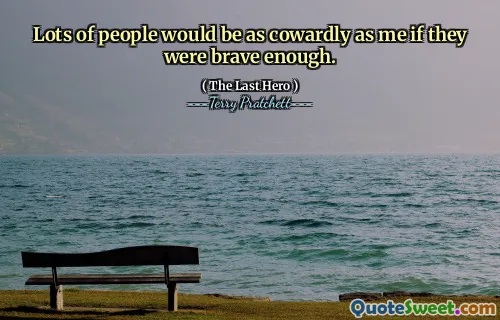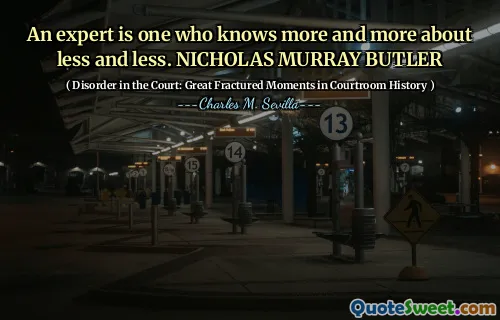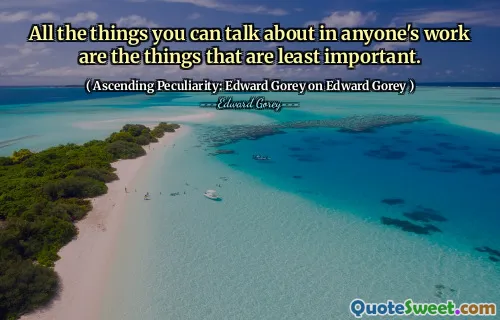The distance from the surface of Earth to the middle is 6,370 kilometres, which isn't so very far. It has been calculated that if you sunk a well to the centre and dropped a brick down it, it would take only forty-five minutes for it to hit the bottom
In "A Short History of Nearly Everything," Bill Bryson discusses the Earth's structure, noting that the distance from the surface to the center is only 6,370 kilometers. This relatively short distance highlights how accessible the Earth's inner layers are in terms of understanding the planet's composition and geology.
Bryson uses a thought experiment to illustrate this concept, suggesting that if a well could be drilled straight to the Earth's center and a brick was dropped in, it would reach the bottom in just forty-five minutes. This metaphor emphasizes the remarkable yet manageable scale of our planet's depths and invites readers to consider the vastness of Earth in relation to our everyday experiences.






